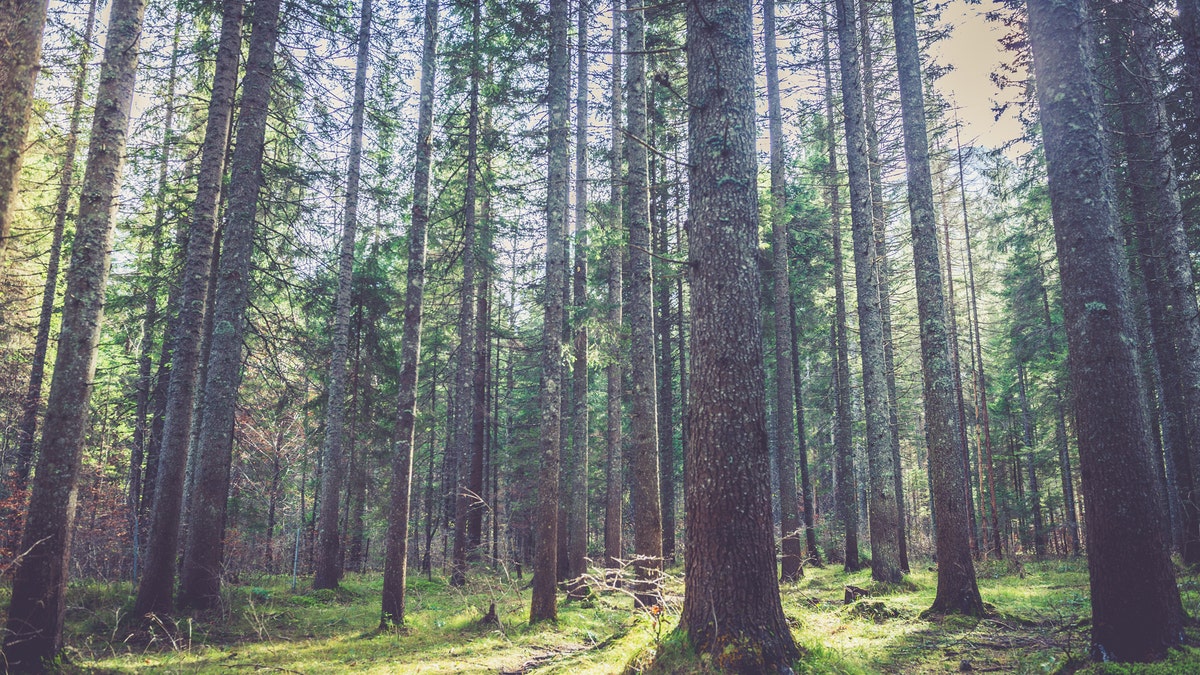
File photo: Forest in the mountains. Alps, Europe. All logos removed. Nikon. (Credit: iStock) (This content is subject to copyright.)
Researchers taking a survey of some of the world's oldest and funkiest trees have bad news to report: Africa's legendary baobabs are dying. The statistic getting the most attention out of the new study in Nature Plants is that eight of the continent's 13 oldest baobabs have died since 2005 and five of the six largest have suffered significant collapses.
The scientists can't say for sure what's going on, but they suspect that climate change—as in, higher temperatures and drought—is the primary culprit in the deaths throughout Zimbabwe, Namibia, South Africa, Botswana, and Zambia, reports the BBC.
Baobabs grow in unusual ways, often with hollows, making it difficult to gauge precise ages, but the research team says the trees in the survey range in age from 1,000 to 2,500 years, reports NPR.
“It is very surprising to visit monumental baobabs, with ages greater than a thousand to two thousand years, which seem to be in a good state of health, and to find them after several years fallen to the ground and dead,” study co-author Adrian Patrut of Babes-Bolyai University in Romania tells National Geographic.
And it's no fluke, he adds. "Statistically, it is practically impossible that such a high number of large old baobabs die in such a short time frame due to natural causes." The stories note baobabs' iconic place in African history.
In South Africa, one legendary baobab more than 1,000 years old grew to 111 feet and had a hollow so large that it functioned as a pub for two decades.
The tree started to split in 2016 and collapsed completely the following year. (The Nazis' attempt to cloak its ship affected Norway's trees.)
This article originally appeared on Newser: Scientists Make Alarming Find About Ancient Trees




















